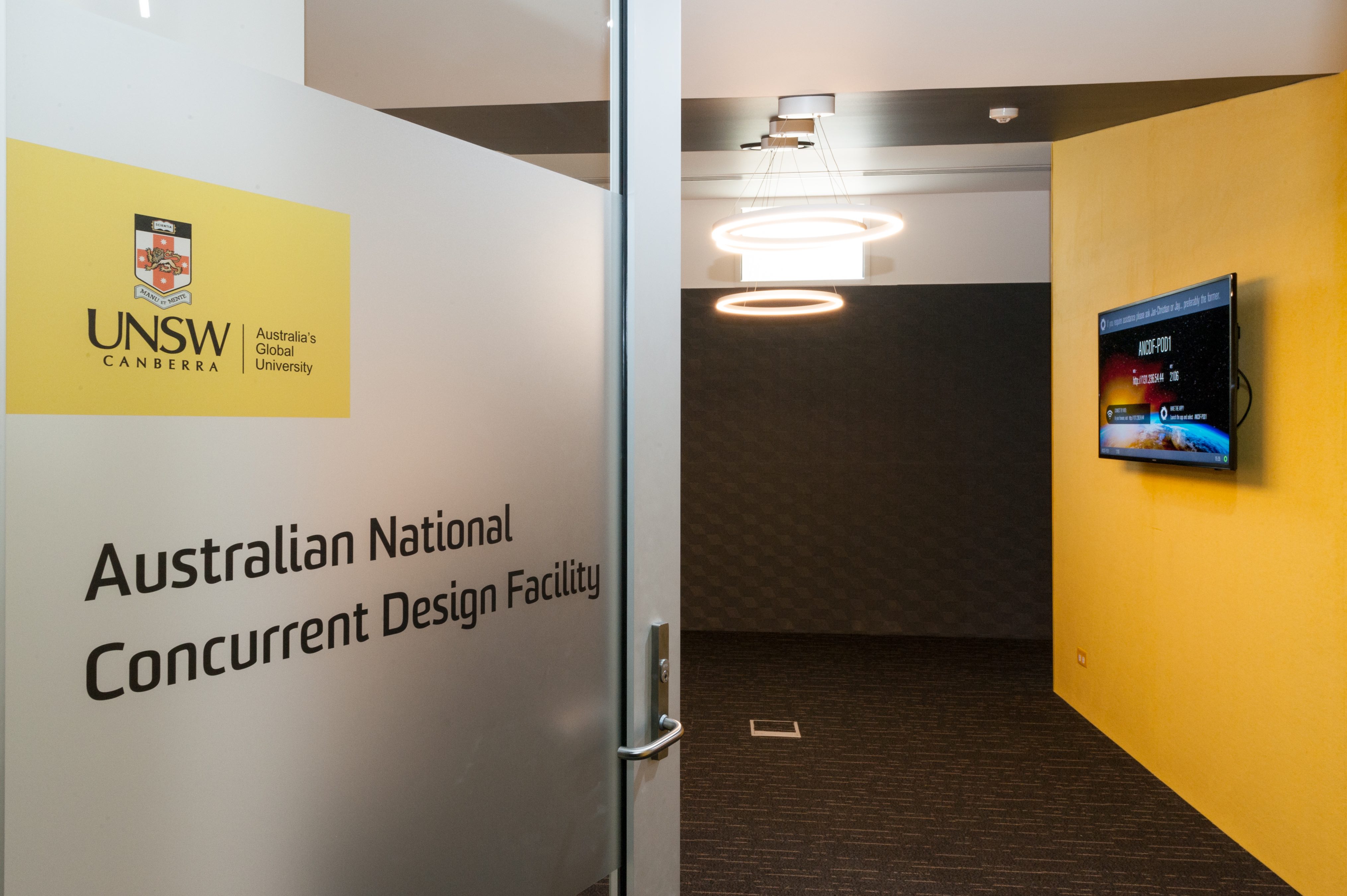UNSW Canberra Space collaborates with New Zealand scientists
UNSW Canberra Space will collaborate with New Zealand scientists on novel technology aimed at helping satellites maintain or change orbit.
UNSW Canberra Space will collaborate with New Zealand scientists on novel technology aimed at helping satellites maintain or change orbit.

UNSW Canberra Space will collaborate with New Zealand scientists on novel technology aimed at helping satellites maintain or change orbit.
The project will see the scientists from the Victoria University Wellington’s Robinson Research Institute gain access to the Australian National Concurrent Design Facility (ANCDF) at UNSW Canberra.
As the name suggests, the ANCDF is a unique system that allows each member of the team to contribute their part to the project concurrently, speeding up the design process.
The collaboration, which recently received $500,000 in funding from New Zealand Ministry of Business, Innovation and Employment’s Catalyst Space fund, will focus on the use of superconducting magnets in satellites.
UNSW Canberra Space Director Professor Russell Boyce said the team is “greatly looking forward to working with what is a leading group on magnet technology and using this technology in novel ways to improve satellite capabilities”.
Robinson Research Institute Director Dr Nick Long said the aim was to create a lightweight and energy efficient propulsion system.
“With this system, the satellites can use solar power to provide thrust, rather than carrying chemical propellants from Earth that they burn in space,” Dr Long said.
“These magnets can also potentially be used to protect satellites from radiation, capture space junk, and store energy – they’re a very versatile technology.”
In particular, scientists from Robinson Research Institute will be investigating the thermal management of cryogenic superconducting magnets.
These magnets need to be kept cold, and it has to be done efficiently, otherwise the energy efficient benefits of the technology are negated.
While the project will allow the Robinson team to become proficient in using the Concurrent Design Facility, it will also benefit UNSW Canberra Space.
The tools developed by the Robinson team will be incorporated into the ANCDF, allowing for improved spacecraft and space mission design when using other components which are cryocooled.
The ANCDF is Australia’s first space mission design facility, enabling spacecraft design engineers and scientists to rapidly design and determine the technical and economic viability of proposed space missions.
“This world-class facility plays an important role in the growth of jobs across the sector, including researchers, designers, engineers, technicians and software specialists,” Professor Boyce said.
Related stories:
UNSW Canberra Space delves into the ionosphere
UNSW Canberra collaborating on space communications
UNSW Canberra spin-off company Skykraft awarded $1 million ACT Government grant